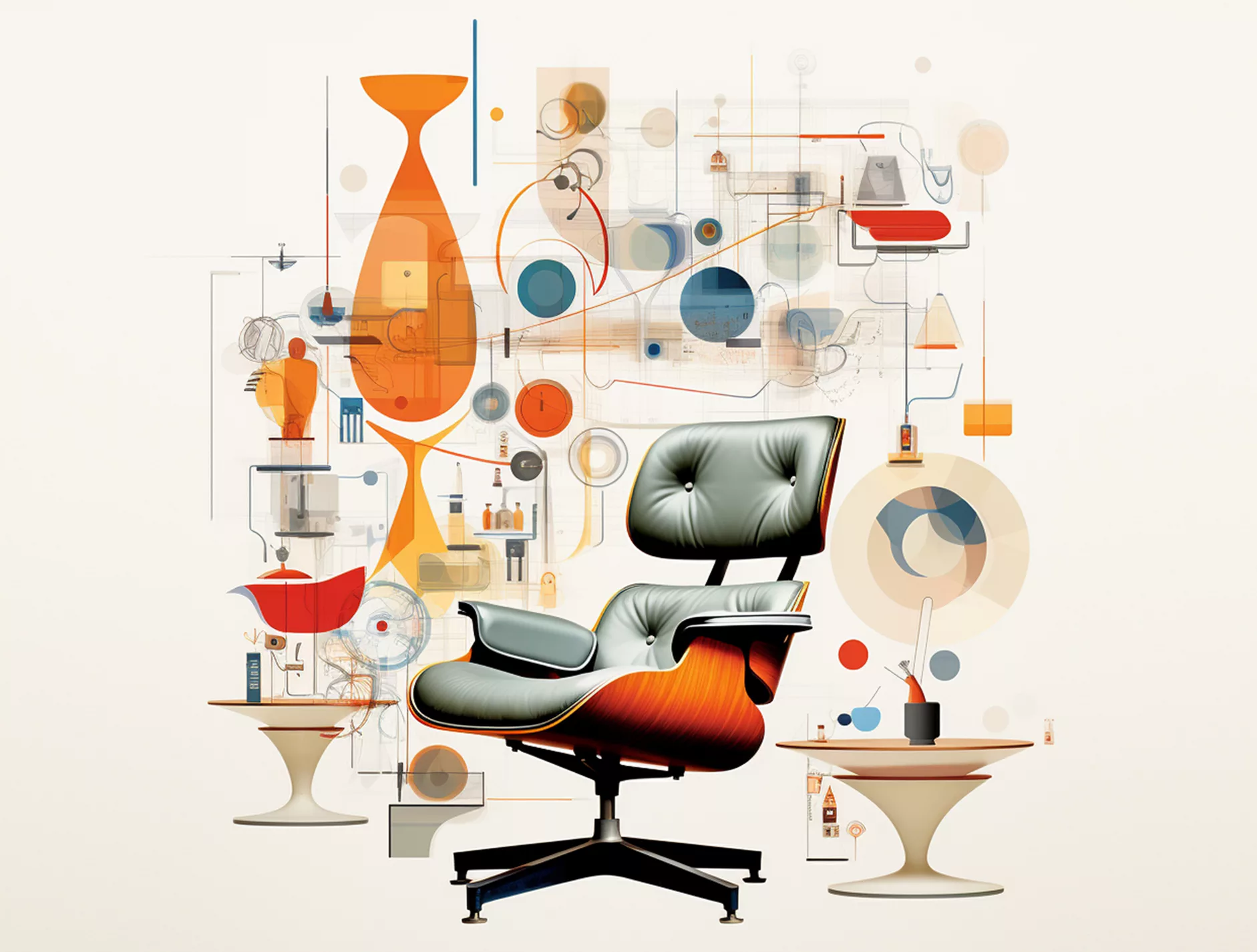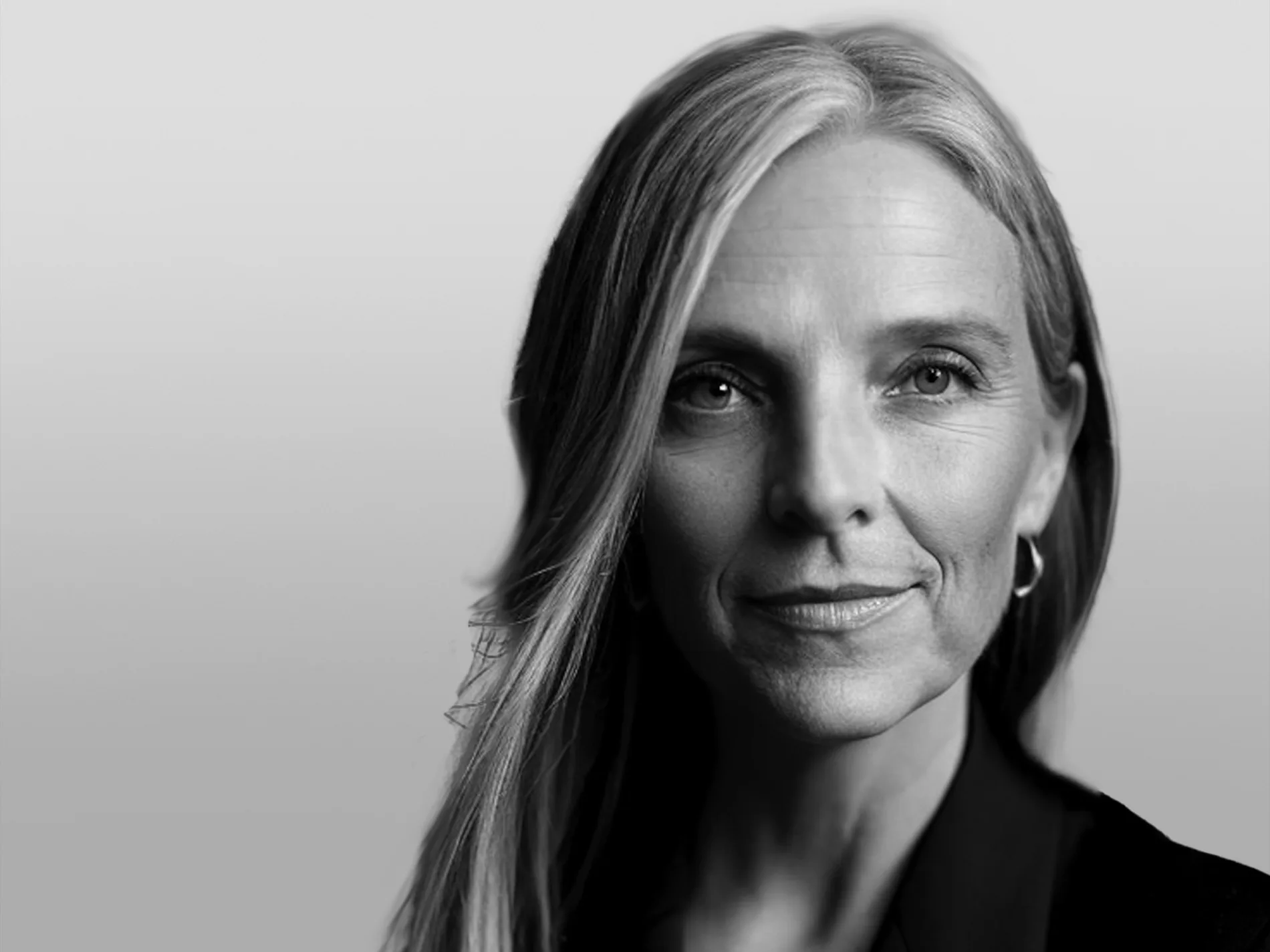Innovation and transformative change are powered by a dynamic force known as creativity, which is vital in driving societal progress. This force transcends mere decoration, extending its influence across various fields, from mixology to technology. It dares to challenge the status quo, propelling forward the evolution of human civilization.
Creativity is a dynamic force that seamlessly weaves through numerous fields, bridging diverse disciplines, including mixology, tailoring, music, culinary arts, gardening, and technological innovation, among many others. The endeavors of creative visionaries across these areas highlight creativity's vast scope, reinforcing its role as a pivotal driver of societal evolution and progress.
The exploration into the realms of creativity unveils its essence as much more than a mere luxury or decorative element in human endeavors. Instead, it emerges as a fundamental component of societal progress and development. Creativity acts as the force that challenges the status quo, uncovers innovative solutions to complex challenges, and continually elevates humanity to more extraordinary achievements. The interconnected stories from fields such as mixology, tailoring, music, culinary arts, gardening, and technology demonstrate creativity's widespread and significant impact in propelling human civilization forward.
This recognition of creativity's broad relevance underscores its crucial role as a catalyst for societal growth and advancement. It parallels the developments in more traditionally recognized creative fields such as graphic design, industrial design, and UX design, where creativity is, in some cases, more broadly recognized as a critical driver of innovation and transformative change.
Mixology: The Alchemy of Flavors and Experiences
"Cocktails are like liquid poetry." - Unknown
In mixology, creativity transcends the mere act of combining liquids. It becomes a sophisticated dance of flavors, colors, and textures, where each cocktail is a story in itself, an experience that goes beyond the taste and taps into the emotional and sensory realms of the consumer. This field, thus, becomes a microcosm of how creativity can transform simple, everyday activities into profound experiences, mirroring how simple ideas in other domains can evolve into transformative societal contributions.
Jeffrey Morgenthaler's Cocktail Craft
Jeffrey Morgenthaler, a former architect turned renowned mixologist and author, embodies creativity in cocktail crafting. His approach transcends mere flavor combinations, blending art, science, and storytelling. He begins his cocktail 'design' process like an architect, sketching ideas, creating mind maps based on ingredients and structure, and then meticulously prototyping until the recipe is perfected. His pioneering concept of barrel-aged cocktails, where classic drinks are matured in oak barrels similar to fine wines and whiskies, has revolutionized the cocktail world by adding depth and complexity.
Morgenthaler's innovations mirror the principles of industrial design, where products are continuously refined and reimagined to improve user experience. His cocktails are more than beverages; they are visual and sensory experiences, combining flavors, aromas, and textures in a way that resonates with how well-designed products engage users.
Morgenthaler’s work highlights the essence of creativity: breaking boundaries and redefining norms. He has elevated mixology to an art form, transforming cocktails into narratives, much like how graphic or industrial designers use visual elements or design features to convey stories or strengthen brand identity.

Tailoring: The Art of Personalization and Craftsmanship
"Fashion is the armor to survive the reality of everyday life." - Bill Cunningham
Similarly, in bespoke tailoring, creativity is manifested in the intimate relationship between the tailor, the fabric, and the wearer. Each stitch, cut, and choice of material is a decision steeped in the understanding of tradition, the wearer's personality, and the constant evolution of fashion. This mirrors how societies evolve, holding onto traditions while adapting to changing times and needs, reflecting the symbiotic relationship between the past, present, and future.
Tom Ford's Aesthetic Fusion
Tom Ford’s work in the world of high fashion tailoring is a real testament to the power of creativity in personalizing and revitalizing traditional crafts. Ford, known for his impeccably tailored suits and sophisticated style, draws inspiration from classic and contemporary influences. His collections often reflect a deep appreciation for the art and culture of various eras, seamlessly integrating these elements with modern fashion sensibilities. Each piece in his collections tells a story, much like a work of art in a gallery, showcasing his commitment to narrative and context in design.
The meticulous attention to detail, the selection of premium fabrics, the sophisticated color palettes, and the precision in the crafting process resonate with the principles used in UX design, where every element is carefully considered to enhance the overall user experience.
Ford's approach to tailoring is akin to the process in graphic design, where different visual and textural elements are harmoniously combined to create a compelling and cohesive aesthetic narrative. His ability to understand and interpret his clients’ desires, translating them into bespoke suits that reflect their personality and the zeitgeist, showcases a profound empathy and a user-centric approach, hallmarks of effective UX design.
Music Composition: The Harmony of Innovation and Tradition
“Art is how we decorate space, music is how we decorate time.” - Jean-Michel Basquiat
The realm of music composition showcases creativity as a universal language in its purest form. Here, notes and rhythms combine to express emotions and stories that words often cannot. The universality of music, its ability to transcend cultural and linguistic barriers, exemplifies creativity’s power to connect and communicate at a deeply human level, much like how innovative ideas in technology or architecture can resonate globally, transcending their origins.
Moby's 'Play' Album: A Fusion of Urban and Classical Sounds
This album stands out for its innovative blend of electronic music with samples of old blues and gospel songs. Moby’s approach to creating 'Play' involved weaving these old recordings' raw, vibrant sounds with the structured rhythms and textures of contemporary electronic music. The result was a genre-defying and widely resonant body of work that appealed to a broad audience, transcending traditional boundaries of musical style.
The album echoes the essence of technological innovation, where disparate elements are harmoniously integrated to create a functional and aesthetically pleasing product. Moby's work in this album can be seen as a metaphor for the creative process in technology design, where various components are combined to create an engaging and user-friendly experience.
His approach to music composition, particularly in 'Play,' demonstrates how musical creativity can parallel industrial design principles. Here, functionality meets innovation, and traditional elements are reimagined in a modern context.
Ultimately, the album showcases the power of music to bridge old and new, urban and classical, creating a unique and impactful listening experience that mirrors the integrative and transformative nature of creative design.

Culinary Arts: The Canvas of Flavor
“The only real stumbling block is fear of failure. In cooking, you’ve got to have a what-the-hell attitude.” – Julia Child
In the culinary arts, chefs, like artists, use their plates as canvases, ingredients as their palette, and traditional and avant-garde techniques to create dishes that challenge and delight the senses. This constant pushing of boundaries and blending of techniques and flavors mirrors how societies evolve by integrating diverse cultures, ideas, and perspectives to create something richer and more nuanced than its constituent parts.
Chef Massimo Bottura's Groundbreaking Culinary Innovations
Chef Massimo Bottura, renowned for his restaurant Osteria Francescana, exemplifies creativity and innovation in the culinary arts, much like Chef Heston Blumenthal—a pioneer of multi-sensory cooking. Bottura's approach transcends traditional cooking; it's an artistic and scientific exploration of food's textures, flavors, and presentations. His dishes are often likened to works of art, each challenging and delighting the diner's perceptions and expectations.
Bottura is mainly known for his dish "The Crunchy Part of the Lasagna," which showcases his ability to reimagine traditional Italian cuisine in a contemporary and innovative way. This dish captures the essence of lasagna, transforming it into an entirely new experience that focuses on texture and flavor in a novel presentation. This culinary creation reflects the process seen in industrial design, where the focus isn’t solely on the function of a product but also on its ability to engage the user on various sensory and emotional levels.
Like a well-designed product, Bottura's dishes evoke a range of emotions and responses, crafting a dining experience that is both memorable and unique. His approach parallels the objectives of effective graphic design, aiming to create a visual and sensory impact that is engaging, thought-provoking, and deeply satisfying.
Gardening: Designing with the Living Palette
“In his garden, every man may be his own artist without apology or explanation.” - Louise Beebe Wilder
Gardening, often seen as a serene and solitary pursuit, is a vibrant testament to creativity. It is the art and science of coaxing life from the soil and creating landscapes and ecosystems that are both beautiful and sustainable. This nurturing aspect of gardening reflects the broader role of creativity in fostering growth, sustainability, and harmony within societies.
Piet Oudolf's Mastery in Naturalistic Garden Design
Piet Oudolf, a distinguished figure in garden design, has masterfully combined artistry, design principles, and ecological sensitivity to create naturalistic gardens. His work transcends traditional horticulture, transforming gardens into living, breathing ecosystems that engage and inspire. Oudolf’s gardens are more than just an assemblage of plants; they are thoughtfully composed landscapes that reflect a deep understanding of plant behaviors, seasonal changes, and ecological balance.
Oudolf's signature style involves the use of perennials and a focus on the lifecycle of a garden. This approach aligns closely with sustainable design practices observed in architecture and industrial design, emphasizing the importance of environmental impact and longevity. He meticulously selects plants for their aesthetic appeal and their ability to thrive and evolve over time, creating sustainable, resilient, and ever-changing gardens.
Moreover, Oudolf's gardens are designed to evoke emotions and provide an immersive experience akin to a well-crafted story. Each garden is a journey through textures, colors, and scents, unfolding through the seasons. This sensitivity to the user experience parallels the principles of UX design, where the goal is to create spaces that are not only functional but also emotionally engaging and meaningful.
Technology Innovation: The Frontier of Creative Problem-Solving
“The best way to predict the future is to invent it.” -Alan Kay
Lastly, in the field of technology innovation, creativity is the cornerstone. It is about seeing beyond the current reality, imagining what could be, and then having the audacity and skill to make it happen. The leaps in technology, be it in artificial intelligence, renewable energy, or space exploration, are bold illustrations of how creative thinking and problem-solving can lead to advancements that redefine human life and its possibilities.
Elon Musk's Trailblazing Technological Endeavors
Elon Musk, a name synonymous with groundbreaking innovation, has spearheaded several remarkable ventures, most notably SpaceX and Tesla, which embody the pinnacle of creative achievement in technology. Musk's creative approach is marked by a renegade spirit and an unwavering pursuit of what many consider impossible. His initiatives have profoundly reshaped the landscape of space exploration and automotive technology, echoing the transformative impact of significant breakthroughs in industrial design, such as the iPhone, on modern society. What sets visionaries like Musk and Steve Jobs apart is not merely their ability to envision a better future but also their talent for assembling highly effective teams capable of crafting the technological roadmaps to make that vision a reality.
At SpaceX, Musk has revolutionized space travel to make human life multi-planetary. The development of reusable rockets, a concept once relegated to science fiction, is now a reality, drastically reducing the cost of space exploration. This pioneering work parallels the revolutionary changes in industrial design, where innovation is not just about creating new products but reimagining existing paradigms to enhance efficiency and accessibility.
Similarly, at Tesla, Musk's vision of sustainable energy solutions has redefined the automotive industry. Tesla has shifted the global conversation around transportation and environmental sustainability by advancing electric vehicle technology and focusing on renewable energy. Musk's approach in this realm mirrors the principles of user-centric design, where the emphasis is on creating products that are functional and efficient and contribute positively to the user's life and the environment.
Creativity as a Catalyst for Human Evolution
"Creativity is intelligence having fun." - Albert Einstein
Creativity is the vibrant thread that intricately weaves a tapestry of innovation across many diverse fields. It serves as a powerful catalyst for evolution, challenging conventional norms and expanding the limits of the possible. The innovative strides made in these areas highlight that creativity is not just an element confined to traditional art or design; it is a fundamental human trait that propels progress and sparks innovation in many domains.
The ongoing exploration of these varied disciplines sheds light on the universal character of creativity. Far from being a mere aspect of design or artistry, it is the heartbeat of human advancement and innovation. An examination of creativity's role in areas as diverse as mixology, tailoring, music, culinary arts, gardening, and technology reveals its ability to bridge disciplines, driving evolutionary progress and continually reimagining what can be achieved.





